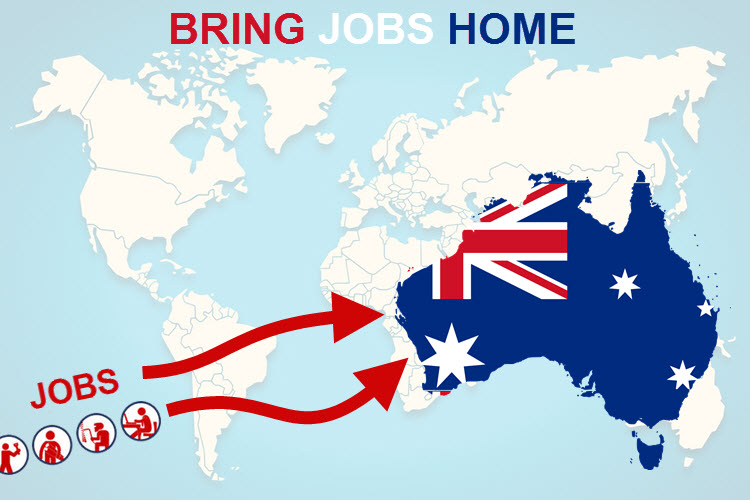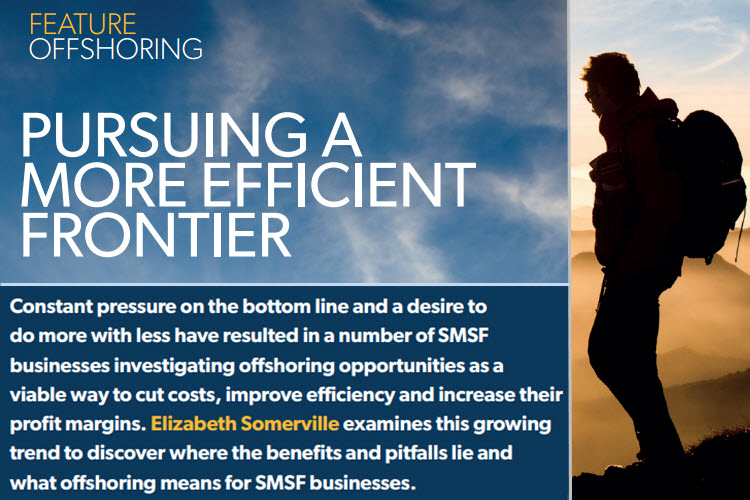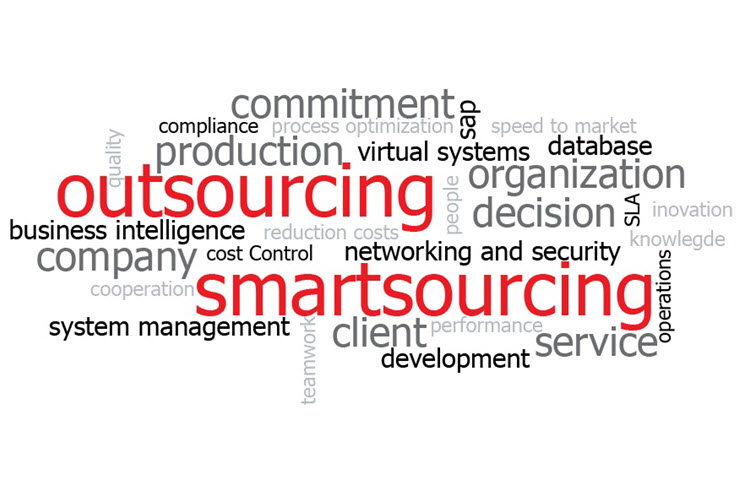We recently saw a Philippines labour service provider advertise for a “seat fee” of sub Aus$200. This is certainly setting the scene for a race to the bottom for “per seat” costs.
The current race is reminiscent of any overcrowded market. People smell cash, and a lot of new entrants come into the market. Prices are forced down to early market leaders are forced to drop their prices to compete with newcomers. The market leaders have large infrastructure that needs margin – rents, administration staff, sales & marketing staff, IT staff/support, new hardware and office equipment, and remuneration for executives/owners.
At the same time cashed up newcomers push into the market trying to gain market share, making losses in early years, with the expectation that they’ll eventually reach critical mass and profitability.
And in a competitive market like this, the per seat fee is heading towards the bottom. There is one supplier in Clark (just outside Manila) that is now advertising a per seat fee of $350 per month. The current range seems to be $500 upwards. A far cry from several years ago when the Philippines offering was a seat fee of $1,000 per month.
It’s more than likely people will “manage” the salary oncosts to have creep in these oncosts, with the expectation that there will be different calculations in the market. Expect a lot of creative accounting!
So where is the breakeven at the moment, even though it is constantly moving. We spoke to one person who has just exited the market. As they mentioned, the costs to run a centre from Makati in an A-grade building is a lot more expensive than you think, and add to this an expensive Telecommunications connection which is a must given the current state of the Philippines Telecommunications. And you also then have to invest resources and tech into managing your connectivity.
Summary of a 300 per seat operation: “There is very little left over, if anything”
The race is on for size, and the proposition of growing to 500 headcount to reach a decent EBITDA seems to be the current long term game provided there are no other variables changing … like the per seat fee going down or exchange rate fluctuations (the supplier bears all forex risks). Change is constant, hence the size requirement is also constant – constantly increasing.
Then you have robots and chatbots. Process automation is ongoing and the technology is getting smarter. Many low value tasks are being automated. As we’ve mentioned in previous blogs the thought leaders in the space see the next 10 years as outsourcing businesses not being about head count, as automation must reduce headcount. Offshoring companies must invest in other areas to remain competitive.
In 10 years the offshoring market will be remarkably different.









